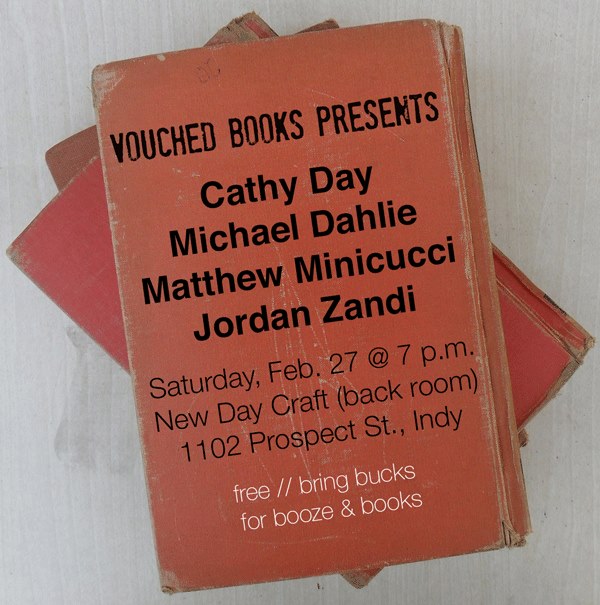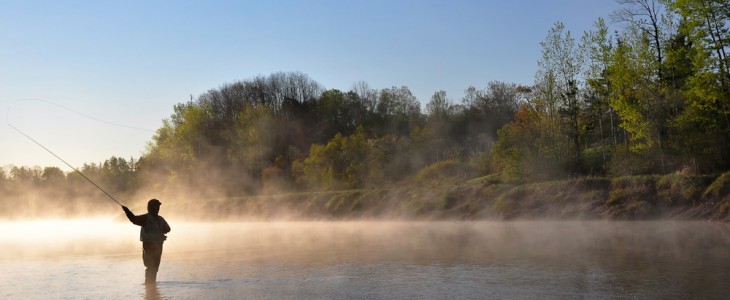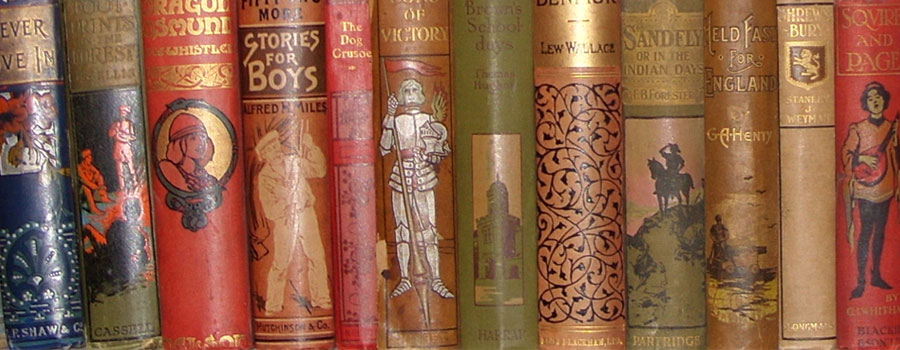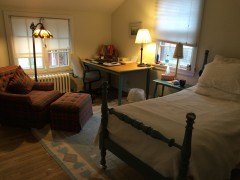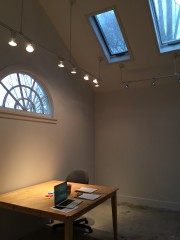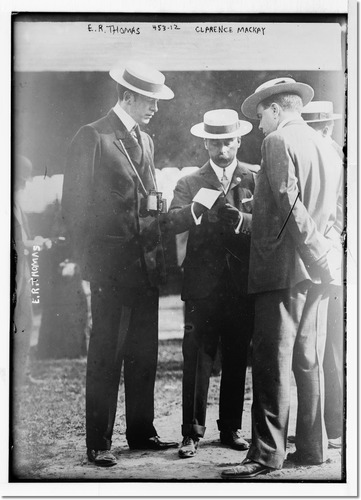1. I’m giving a reading
I’m reading on Saturday, February 27, 2016 in Indianapolis. Here’s the Facebook invite with lots of details. It’s taking place at New Day Craft (oh man, I love mead) and includes me, Michael Dahlie, Matthew Minicucci and fellow Peruvian Jordan Zandi, whose book Solarium is fresh-pressed from Sarabande Books. Free, but bring bucks for booze and books.
2. Being “different” in Indiana.
I’m going to read an essay I’ve been working on for awhile about what it’s like to be “different” in Indiana. I started tweeting about it today and got a bunch of reactions, so I’m guessing this topic resonates with a lot of people. It also gives me a chance to talk about Cole Porter (another Peruvian).
3. Advice about Residencies
Things you won’t think to bring but should: a white noise machine, an eye mask, and, if it’s winter, a neti pot and good slippers with a sole. Being at Ragdale took me back to my graduate school days. It was so wonderful to hang out with other writers and artists for three weeks. It put me back in touch with Writer Me, before I became Teacher Me and Administrator Me and Wife Me, etc. Although I teach creative writing at the college level, I rarely talk about writing with my creative writing colleagues because we’re so busy with teaching and service and bureaucratic stuff. When I wanted to talk about writing, the fellow residents were very supportive, but everyone was also happy to just leave you alone, too. How long as it been since I could stand up from a table and say “I’ve gotta go work,” and not make excuses or fear coming off as rude? A long time! I’ve never done a residency before. I’m now a convert. I finished about 65 pages of my novel, and I’m happy with that.
4. Tricks I Learned
Hemingway said you should stop writing in the middle of a sentence, and there’s some truth to that, I’ve found. I discovered that if I made myself stop before I’d “fixed” everything in a chapter, I sort of couldn’t wait to get back to the writing. And that’s a good feeling. If I finished a chapter, I made myself start another right away so I’d have something I could come back to. Another trick I learned was to create arbitrary deadlines. I got the most writing done on days when I was trying to get something “done” before a big dinner or an important meeting. I also created arbitrary deadlines for myself each day: write 7 pages and you can watch Downton Abbey; finish that book and you can go to the gym; get to the end of section 4 by the end of February. Otherwise, I would have just la la la-ed with myself for three weeks, I think.
5. March at Hanover College
In March, I’m going to be a writer-in-residence at Hanover College. I’ve visited this small liberal arts college twice in recent years; they’ve been using The Circus in Winter as their “common read” for first-year students. I’ve never done a gig like this before, but I can’t wait to get there. Hanover has one of the most spectacular and beautiful campuses I’ve ever visited, and man, I hope it snows a little so that I can see the view in the winter time.

